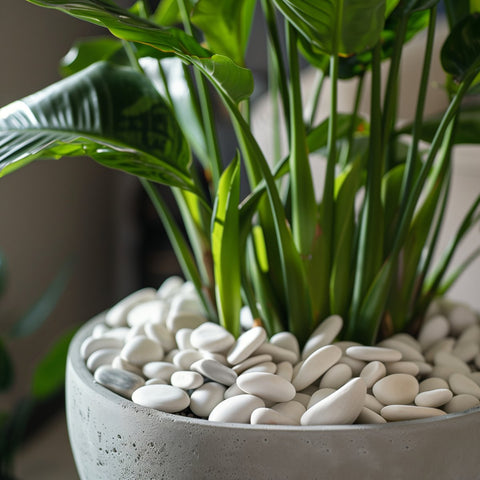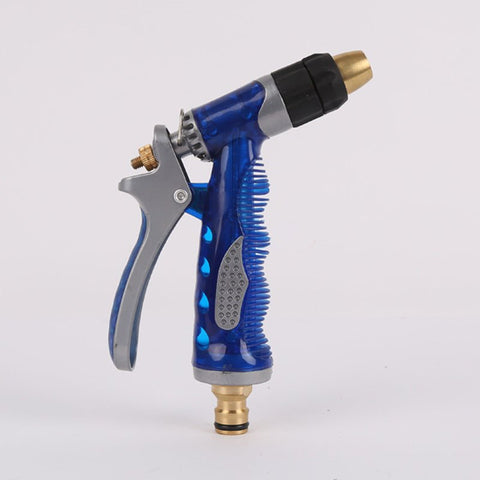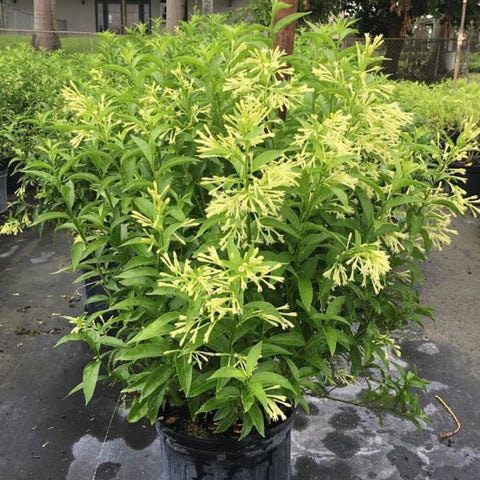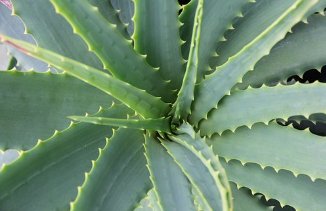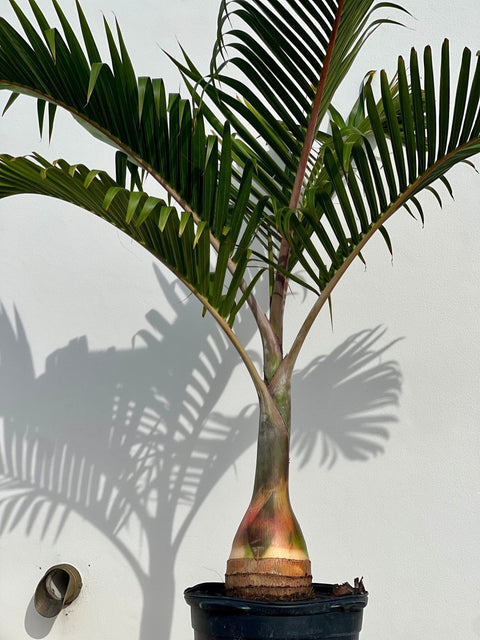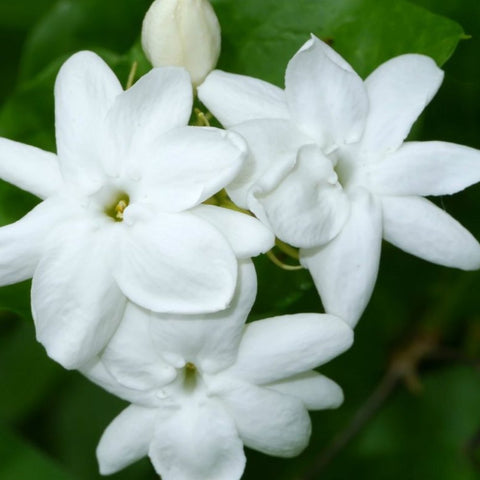With its stunning red-orange blooms that resemble a tiered pagoda, the Pagoda Flower (Clerodendrum Paniculatum) adds a dramatic flair to any garden. Known for its tropical look and abundant blooms, this plant is a perfect choice for enhancing garden landscapes or growing in containers.
How to Grow
Grow Clerodendrum Paniculatum in partial shade for best results. It thrives in warm climates and prefers temperatures above 65°F (18°C). Keep the soil consistently moist but ensure good drainage to avoid waterlogging. Provide a humid environment to mimic its native tropical conditions, and fertilize monthly during the growing season (spring and summer) with a balanced fertilizer.
Care Tips
- Water when the top 1-2 inches of soil feel dry to the touch.
- Mist the leaves regularly to maintain humidity, especially in dry indoor environments.
- If the plant begins to wilt or its leaves turn yellow, check for overwatering or low humidity.
- Bring indoors before temperatures drop below 65°F (18°C).
Uses
The Pagoda Flower is a striking addition to tropical gardens or large patio containers. Its showy blooms attract butterflies and hummingbirds, making it a great choice for pollinator-friendly landscapes. Additionally, it can be grown as a unique houseplant in colder climates.
Planting Tips
- Plant in rich, well-draining soil. When planting in the ground, choose a spot with partial shade.
- For container planting, use a large pot with good drainage and high-quality potting mix.
- Space multiple plants 3-4 feet apart if planting in garden beds to allow room for growth.
Maintenance
- Prune regularly to control size and shape, as the plant can grow up to 6 feet tall.
- Remove spent blooms to encourage further flowering and maintain a neat appearance.
- Repot every 2-3 years or when the plant outgrows its container, using fresh potting mix for healthy growth.
Pests & Diseases
Watch for pests like spider mites, aphids, and mealybugs. These can be treated with insecticidal soap or neem oil. Root rot may occur if the soil stays too wet, so ensure proper drainage and avoid overwatering.
Sizing
Our "Grower’s Pick" option offers a robust selection of Pagoda Flowers, chosen for their vigor and readiness to thrive in your garden or patio. Each plant is carefully selected to ensure that you receive the best quality available.
Frequently asked questions
Growing Pagoda Flower (Clerodendrum Paniculatum) on a budget without compromising quality is possible with some strategic planning and smart choices. Here are some tips to help you achieve beautiful blooms without breaking the bank. Firstly, consider starting your Pagoda Flower from seeds instead of buying mature plants. Seeds are often more affordable and can be easily sourced online or at local garden centers. This option allows you to grow multiple plants at a fraction of the cost of purchasing fully-grown ones. Secondly, opt for DIY solutions when it comes to fertilizers and soil amendments. Compost made from kitchen scraps and yard waste can provide essential nutrients for your Pagoda Flower without the need for expensive store-bought fertilizers. Additionally, mixing your own soil using a combination of peat moss, perlite, and compost can be a cost-effective way to create a nutrient-rich growing medium. In conclusion, growing Pagoda Flower on a budget is achievable with a bit of creativity and resourcefulness. By starting from seeds and utilizing DIY solutions for fertilizers and soil amendments, you can enjoy beautiful blooms without overspending. Remember to provide adequate sunlight, water, and care for your plants to ensure they thrive and flourish in your budget-friendly garden.
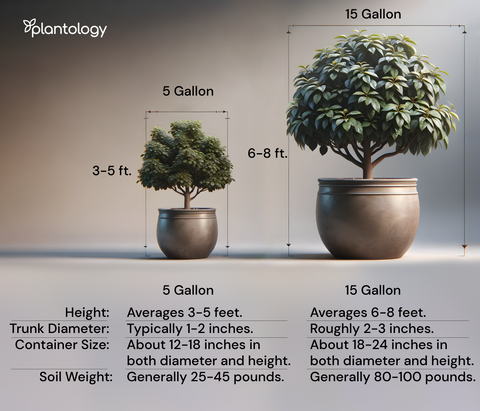
Free Shipping Over $150
Only $12 flat rate on orders under $150
Healthy Arrival Guarantee
Plants arrive healthy or we replace them free








